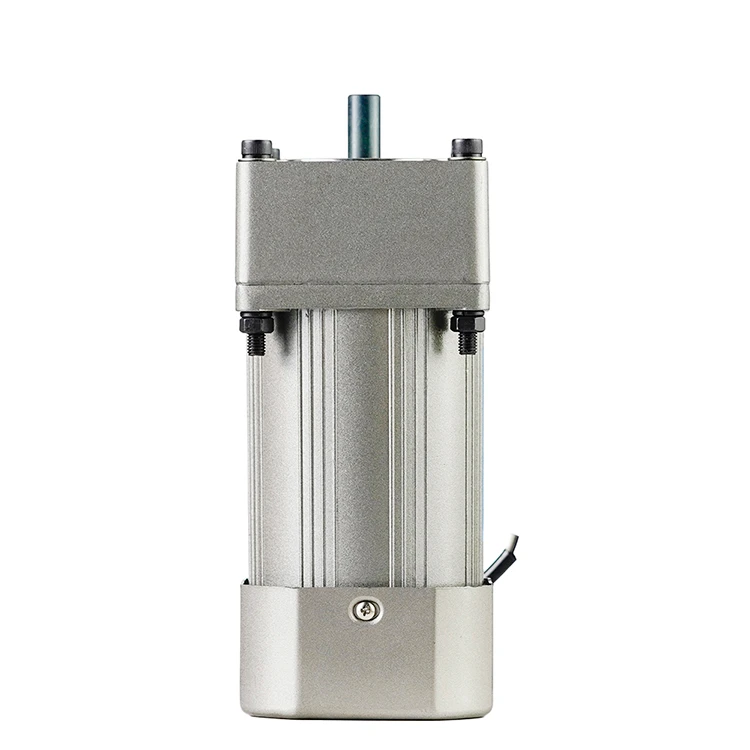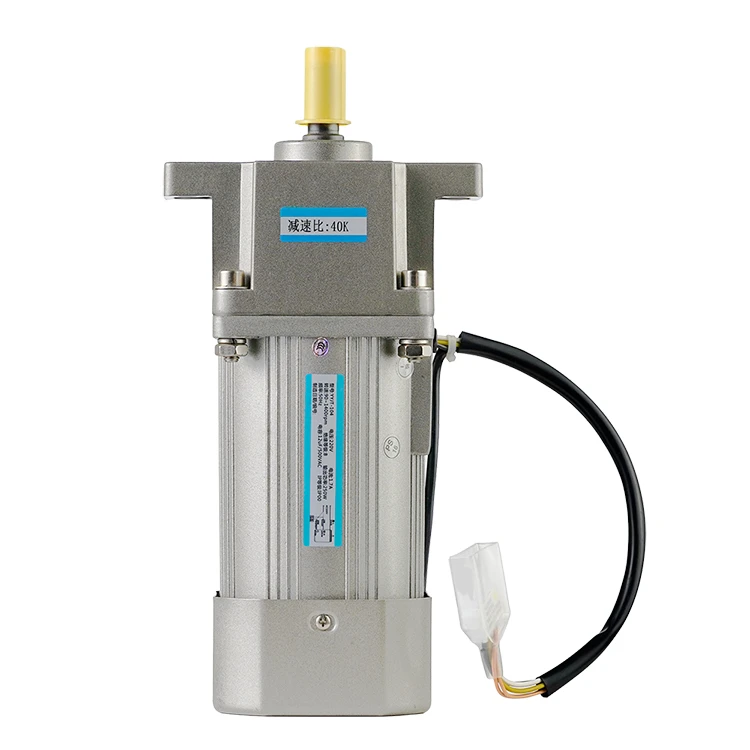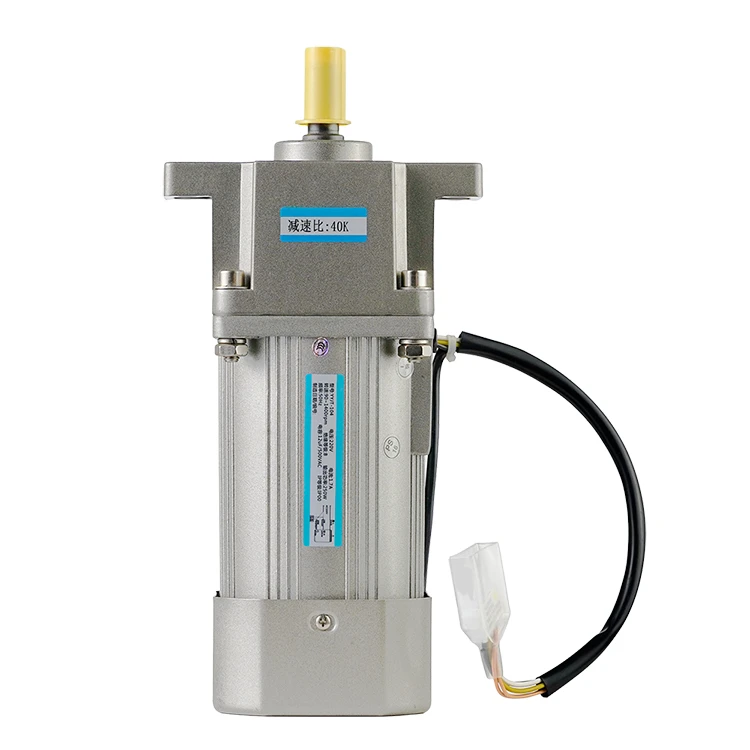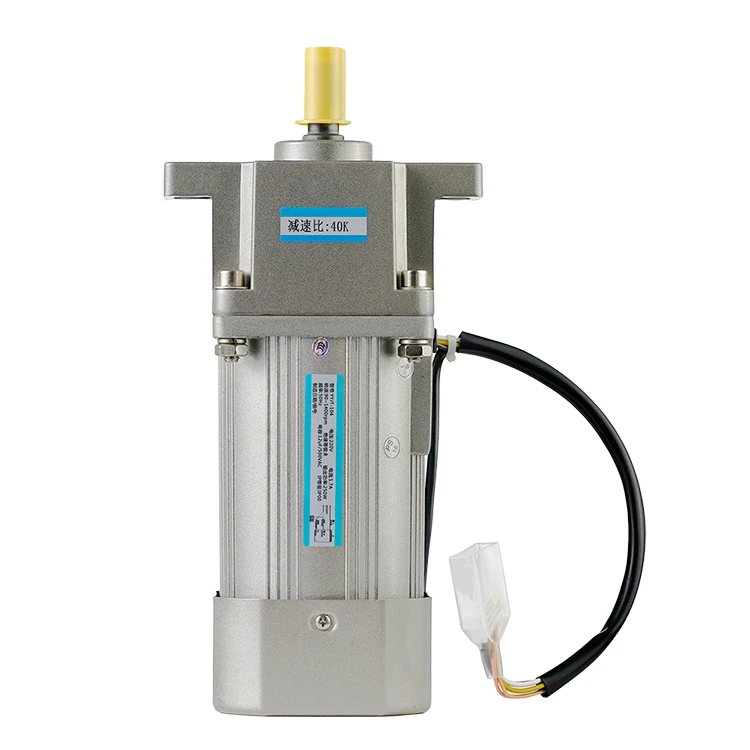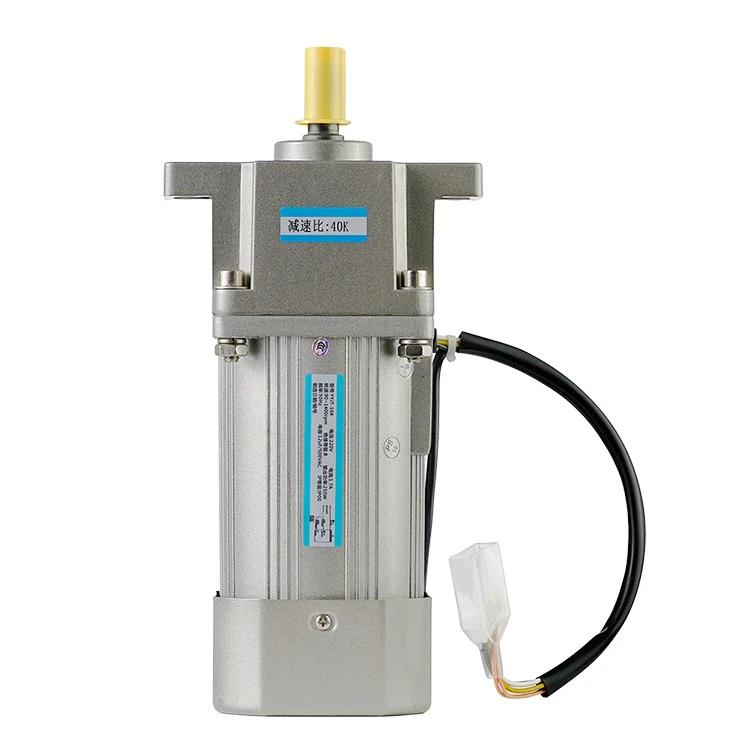How does DC servo motor feedback maintain position and speed precision?
2023-04-16 16:42:51
DC servo motors are widely used in modern automation systems, thanks to their ability to provide precise speed and position control. One of the key components that allows DC servo motors to achieve this level of control is the feedback mechanism. In this article, we'll take a closer look at how the feedback mechanism in a DC servo motor works to maintain precise position and speed control.
What is a DC Servo Motor Feedback Mechanism?
A DC servo motor feedback mechanism is a system that monitors the position and speed of the motor's rotor and provides feedback to the control system. The feedback mechanism typically consists of a position sensor, such as an encoder or resolver, and a control circuit that compares the actual position and speed of the rotor to the desired position and speed.
How Does the Feedback Mechanism Work?
When an electrical current is applied to the stator of a DC servo motor, it creates a magnetic field that interacts with the rotor's magnetic field, causing the rotor to rotate. The position sensor in the feedback mechanism continuously monitors the position of the rotor and sends this information to the control circuit.
The control circuit compares the actual position of the rotor to the desired position and adjusts the current to the stator to maintain the desired position. The control circuit also monitors the speed of the rotor and adjusts the current to the stator to maintain the desired speed.
The feedback mechanism operates on a closed-loop control system, which means that the control system constantly receives feedback on the motor's position and speed and adjusts the current to the stator to maintain the desired position and speed. This closed-loop control system allows DC servo motors to maintain precise position and speed control, even in applications where high precision and responsiveness are critical.
Advantages of DC Servo Motor Feedback Mechanisms
DC servo motor feedback mechanisms offer several advantages over other types of motors:
- Precise position and speed control: The feedback mechanism allows DC servo motors to maintain precise position and speed control, making them ideal for applications that require high precision and responsiveness.
- Better efficiency: The feedback mechanism allows the motor to operate more efficiently by reducing the amount of energy required to maintain the desired position and speed.
- Greater flexibility: The feedback mechanism allows the motor to be used in a wide range of applications, from robotics and CNC machines to medical equipment and aerospace technology.
Conclusion
The feedback mechanism in a DC servo motor is a critical component that allows the motor to maintain precise position and speed control. By continuously monitoring the position and speed of the rotor and providing feedback to the control system, the feedback mechanism enables DC servo motors to operate with high precision and responsiveness, making them a popular choice for a wide range of automation applications.
See What Lunyee Can Do For You
Contact Us
- 8619149417743
- +86-0371-5562 0274
- [email protected]
- Zhengzhou, Henan Province, China
- Mon-Fri: 9:00 - 18:00
